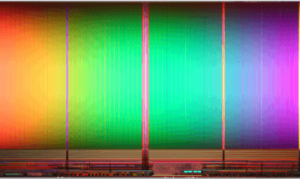Year: 2014

The term Embedded System in general is a computer system that performs a specific function as part of a more elaborate electrical or mechanical system. This differs from the Personal Computer (PC) which is a general purpose computing device that can be used for many different applications. Since many embedded systems perform a very simple...
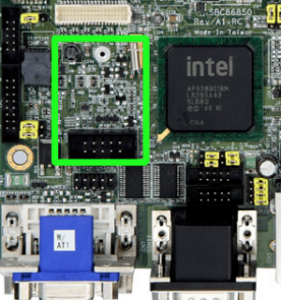
Many Motherboards, Single Board Computers (SBC) and embedded systems come with a 10-pin USB header to attach external USB connectors. This same header can be used for a low power, rugged and reliable flash storage device called a USB Disk-On-Module (DOM for short). The Universal Serial Bus (USB) interface was originally designed in the mid-1990s to provide...
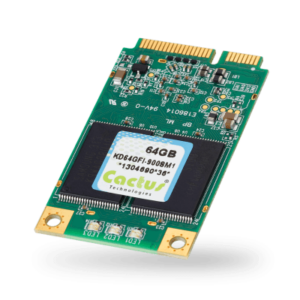
With the advent of embedded applications requiring higher performance storage capabilities, new form factors and interfaces have emerged to meet those needs. A popular SATA interface form factor for Industrial embedded environments is the mSATA. mSATA (Mini-SATA) is also referred to by its JEDEC specification of MO-300. At 50.8mm x 29.85mm the mSATA delivers a...
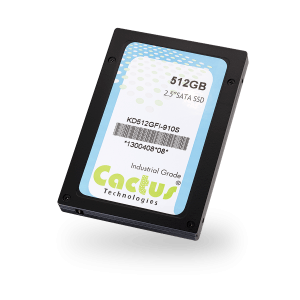
Today’s post is meant to shed some light on the differences in capacity between the advertised capacity of a Solid State Drive (SSD) and the usable capacity seen when storing data through the operating system. In the old days, Hard Disk Drives (HDD) specified capacities in decimal whereas typical usage of capacity, such as megabytes, gigabytes,...
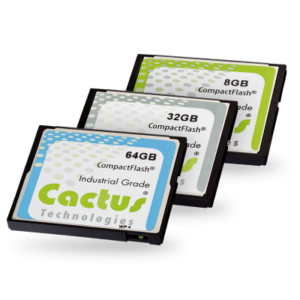
Cactus Technologies offers a wide range of Industrial Grade flash storage products to meet the needs of many different market requirements. From rugged mining equipment to precision medical devices, they provide a highly reliable device for harsh and demanding environments. A very popular form factor for these industrial applications is the Industrial Compact Flash card....

Last week I visited an OEM which designs equipment for process automation in factories. Their application needs less than 32Mbytes, but they’re using 2 and 4 Gbyte CF and SD cards as they believed these were the smallest capacity cards available. This OEM is experiencing the consumer flash card capacity treadmill. NAND component capacities double...
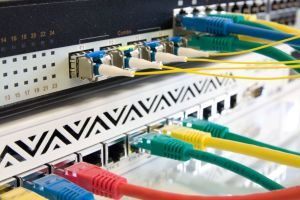
There’s a simple fact for Solid State Drives (SSD). The most reliable SSD use the most reliable NAND Flash and Controller technology. These are not the least expensive or necessarily the fastest devices - and they’re known as Industrial Grade SSD.Today the most reliable NAND flash is the oldest Single-Level-Cell (SLC) NAND with the widest trace...
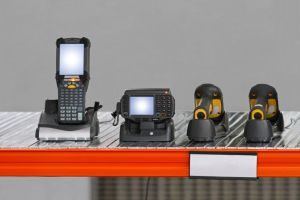
Industrial Grade micro SD Cards offer a simple and straightforward way to obtain a reliable storage medium in a very small physical footprint. Industrial Grade micro SD cards are based on the more dependable and costly Single Level Cell (SLC) NAND memory. The SLC microSD Cards can be connected electrically to an SPI, MMC or SD Interface...


